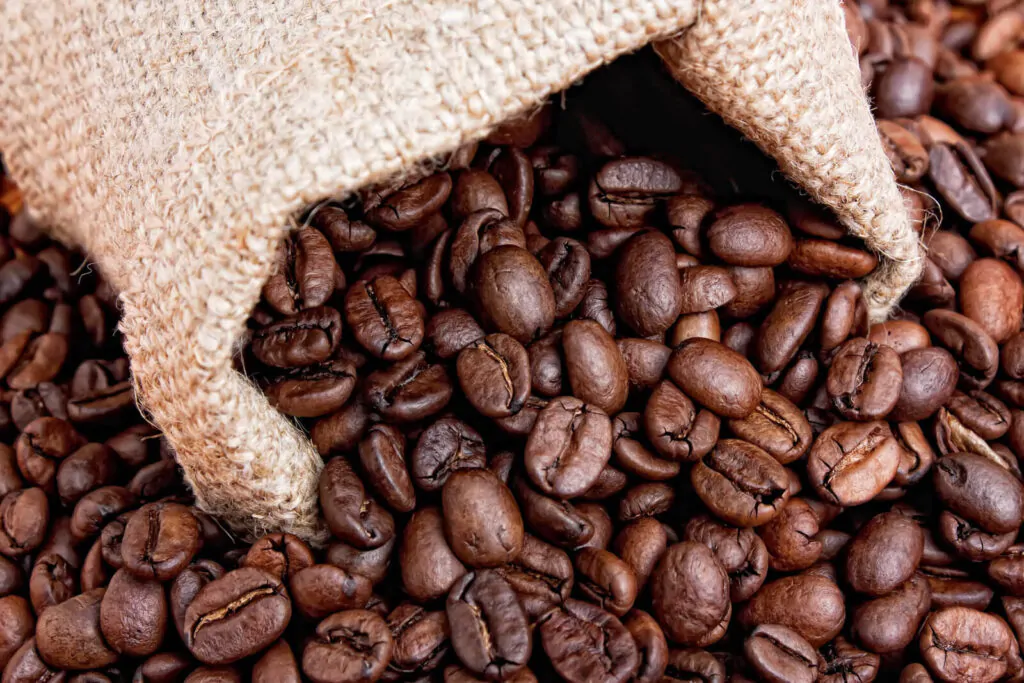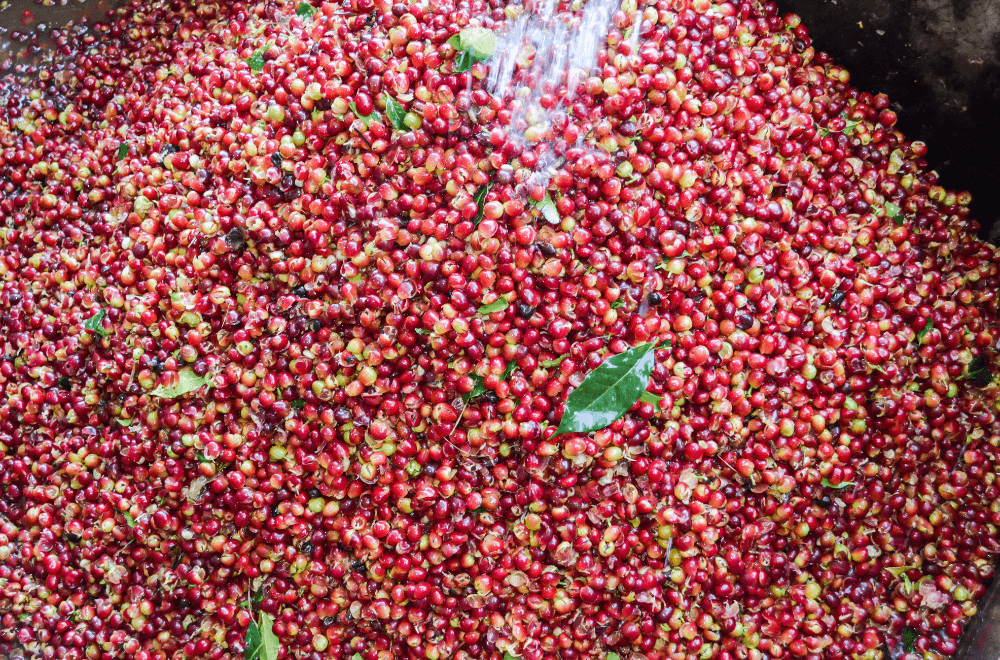How Does Peet's Decaffeinate Their Coffee

Imagine stepping into a Peet's Coffee shop, the rich aroma of roasted beans swirling around you like a comforting embrace. You're craving the familiar warmth and flavor, but the caffeine jitters aren't on today's menu. Luckily, there's decaf, a magical potion that promises all the taste with none of the buzz. But how does Peet's, a name synonymous with quality coffee, actually remove the caffeine from its beans?
The process of decaffeination is a fascinating journey, a careful dance between science and flavor. Peet's utilizes the Mountain Water Process for many of its decaffeinated offerings, a method celebrated for its gentle approach and commitment to preserving the coffee's inherent character.
The Allure of Decaf: More Than Just Missing Caffeine
Decaffeinated coffee isn't simply about removing caffeine; it's about providing an inclusive coffee experience. It welcomes those sensitive to caffeine, those who enjoy a late-night brew without sacrificing sleep, and those who simply prefer the taste without the stimulating effects.
For many, it represents a way to enjoy a beloved ritual without the unwanted side effects. It is an attempt to include everyone in the joy of a good cup of coffee.
The History of Decaffeination: From Accident to Art
The story of decaffeination begins in 1903, when a shipment of coffee beans was accidentally soaked in seawater. A German coffee merchant, Ludwig Roselius, discovered that the beans had lost most of their caffeine but retained their flavor.
He patented a process using benzene, a chemical now known to be harmful, to extract the caffeine. Thankfully, modern decaffeination methods have evolved significantly, prioritizing safety and environmental responsibility.
Peet's and the Mountain Water Process: A Deep Dive
Peet's commitment to quality extends to its decaffeination process. The Mountain Water Process, used for many of their decaf coffees, is a prime example.
This method relies on pure water sourced from the mountains of Mexico to gently extract caffeine.
The Mountain Water Process: A Step-by-Step Breakdown
The process begins with steaming the green coffee beans to expand their pores, making the caffeine more accessible.
Next, the beans are immersed in a solution saturated with coffee compounds, except for caffeine. This solution, often referred to as "flavor-charged water," is key to preserving the coffee's original characteristics.
Because the water is already saturated with coffee flavor compounds, it only draws out the caffeine. This selective extraction prevents the loss of other essential flavor elements that contribute to the coffee's overall profile.
The caffeine-laden water is then passed through a specialized filter, typically made of activated carbon. This filter traps the caffeine molecules, effectively removing them from the water.
The now caffeine-free water, still rich in coffee flavor compounds, is recirculated through the beans. This ensures that only the caffeine is extracted, while the coffee's distinct aroma and taste remain intact.
Finally, the decaffeinated beans are dried to their original moisture level, ready for roasting and brewing.
Why the Mountain Water Process? The Benefits Explained
Peet's chooses the Mountain Water Process for several compelling reasons. First and foremost, it's a chemical-free process.
Unlike some other decaffeination methods that use chemical solvents, the Mountain Water Process relies solely on water and filtration. This resonates with Peet's commitment to providing customers with a clean and natural coffee experience.
Secondly, the Mountain Water Process is known for preserving the coffee's original flavor. The use of flavor-charged water helps to minimize the loss of desirable coffee compounds during the decaffeination process.
This translates to a cup of decaf coffee that closely resembles its caffeinated counterpart in taste and aroma.
Finally, the Mountain Water Process is environmentally friendly. The water used in the process is recycled and reused, minimizing waste and conserving resources.
Other Decaffeination Methods: A Brief Overview
While Peet's primarily utilizes the Mountain Water Process, it's worth noting that other decaffeination methods exist. These include the Swiss Water Process (similar to the Mountain Water Process), the CO2 Process, and the Ethyl Acetate Process.
The Swiss Water Process also uses water and carbon filters, while the CO2 Process employs supercritical carbon dioxide as a solvent.
The Ethyl Acetate Process can use either naturally derived or synthetic ethyl acetate to extract caffeine. Each method has its own advantages and disadvantages in terms of cost, efficiency, and impact on flavor.
The Taste Test: Does Decaffeination Affect Flavor?
The million-dollar question: does decaffeination compromise the taste of coffee? While some older methods could indeed strip away flavor, the Mountain Water Process and similar modern techniques aim to minimize this effect.
Peet's carefully selects beans that hold up well to the decaffeination process. They roast them with precision to bring out their inherent flavors, even after the caffeine has been removed.
Many coffee lovers find that Peet's decaf offerings retain a satisfyingly rich and complex flavor profile.
Beyond the Brew: The Ethics of Decaffeination
The decaffeination process, like all aspects of coffee production, has ethical considerations. Peet's strives to ensure that its decaffeination partners adhere to fair labor practices and environmental standards.
They prioritize working with suppliers who share their commitment to sustainability and social responsibility.
Decaf Today: A Choice Without Compromise
Decaffeinated coffee has come a long way since its early days. Thanks to advancements in decaffeination technology and a growing emphasis on quality, today's decaf offers a delicious and satisfying alternative to caffeinated coffee.
With processes like the Mountain Water Process, Peet's delivers a decaf experience that doesn't sacrifice flavor or compromise on ethical values.
So, the next time you find yourself at Peet's, craving a comforting cup without the caffeine, remember the journey those beans have taken. From the mountain springs to the careful extraction process, every step is designed to deliver a cup of coffee that's both delicious and conscientious.













![How Does Peet's Decaffeinate Their Coffee How Do You Decaffeinate Coffee? [ Everything You Need to Know! ]](https://www.trycoffee.com/wp-content/uploads/2022/01/How-Do-You-Decaffeinate-Coffee-768x432.jpg)




